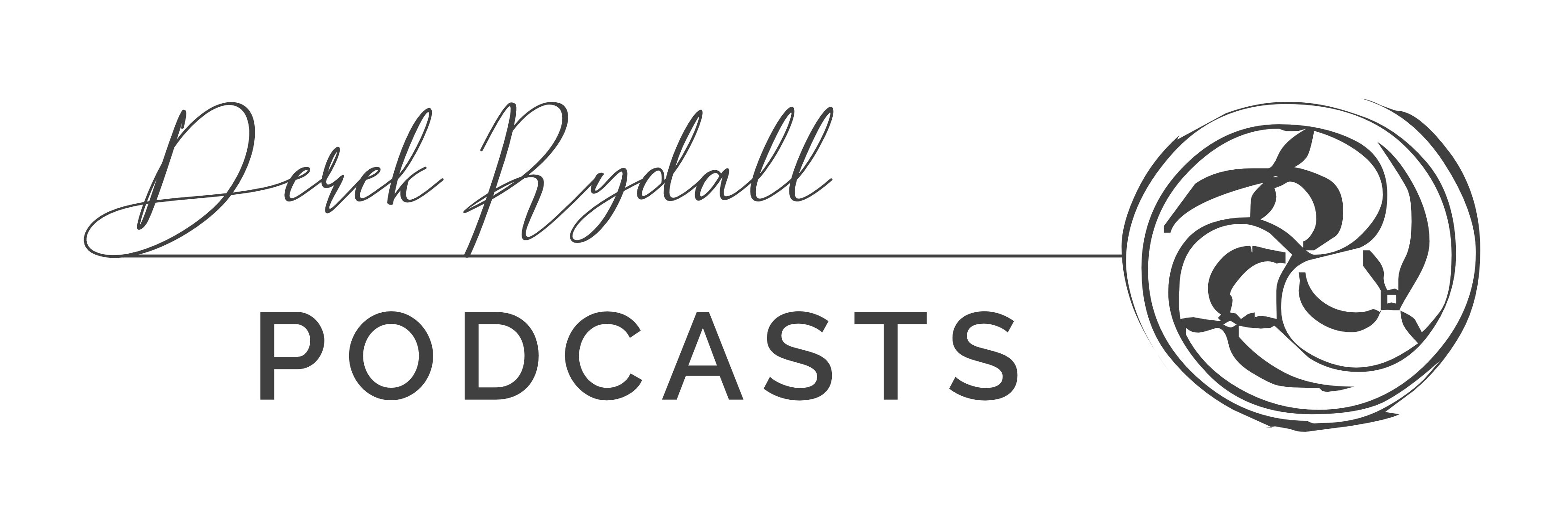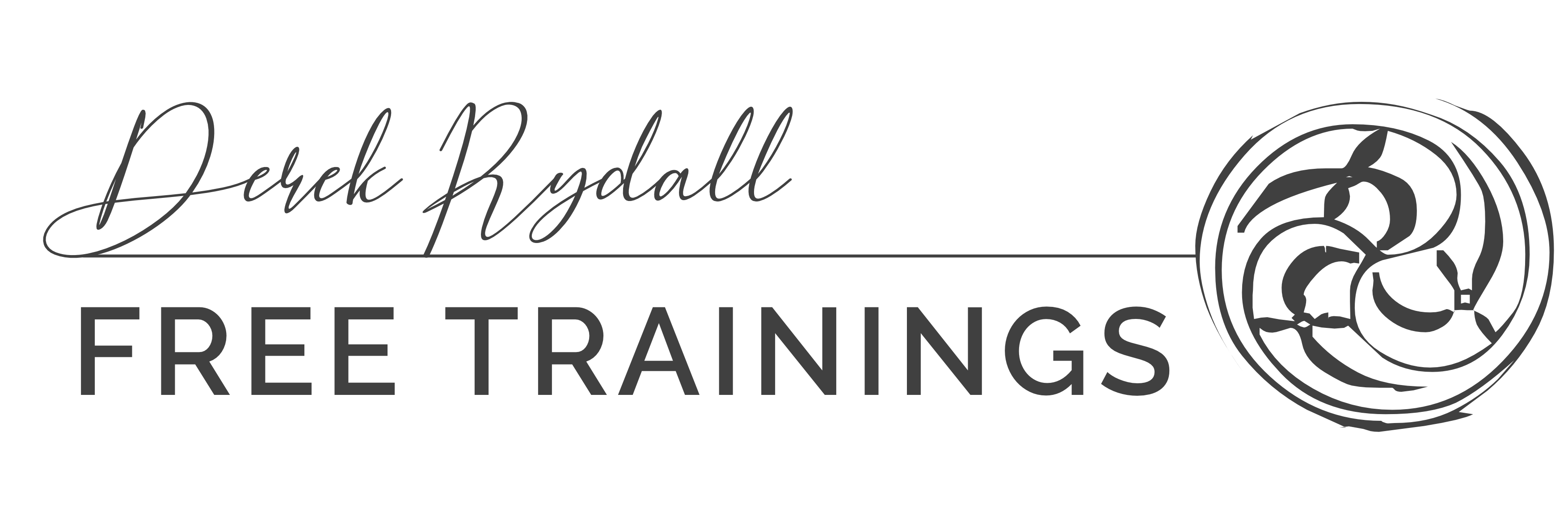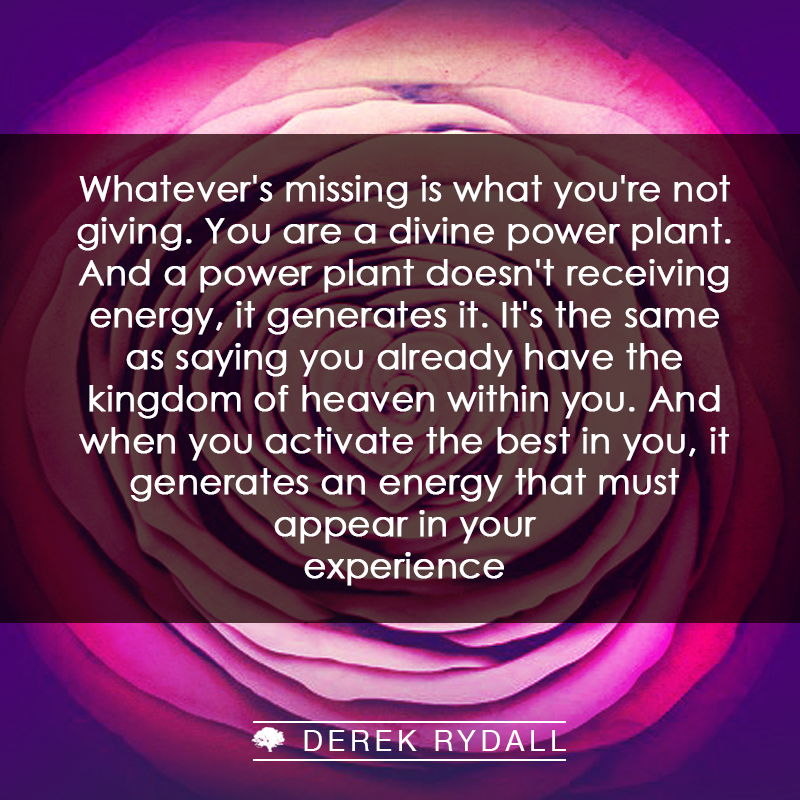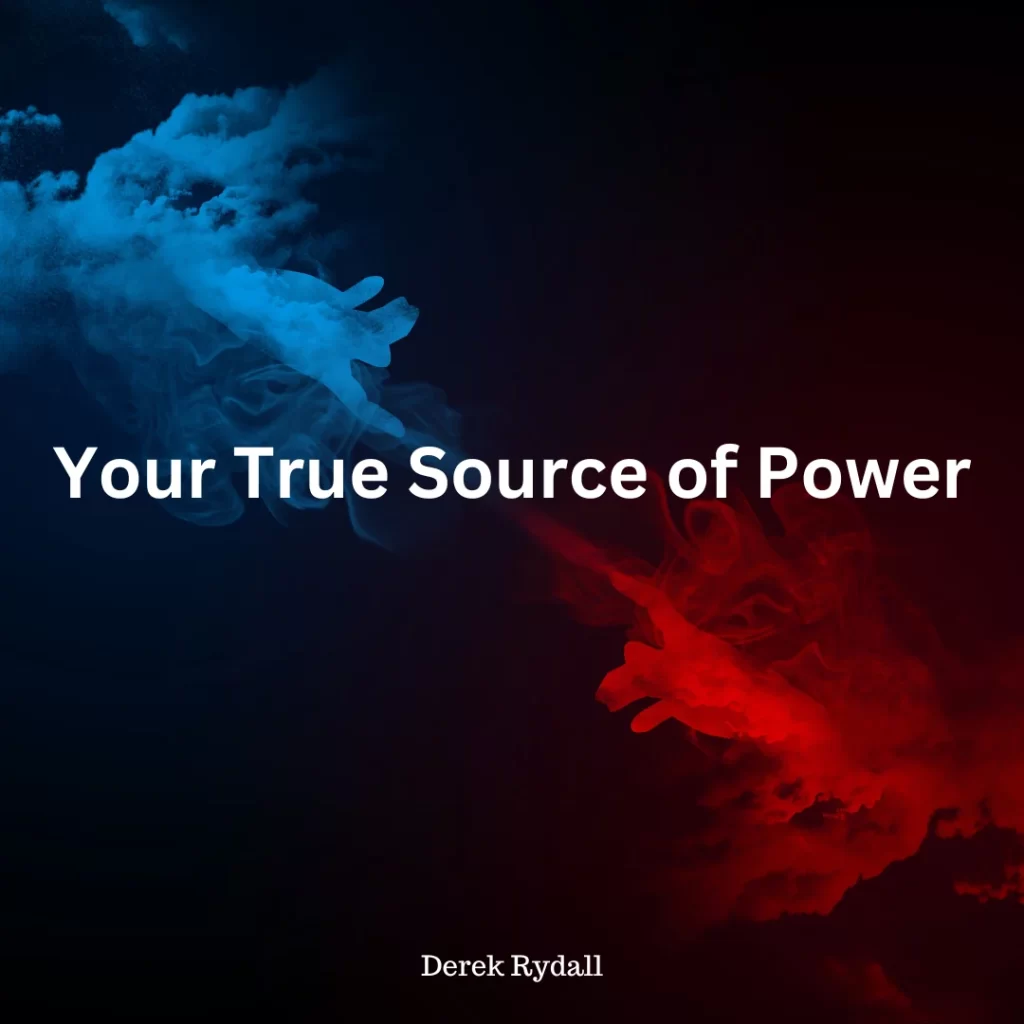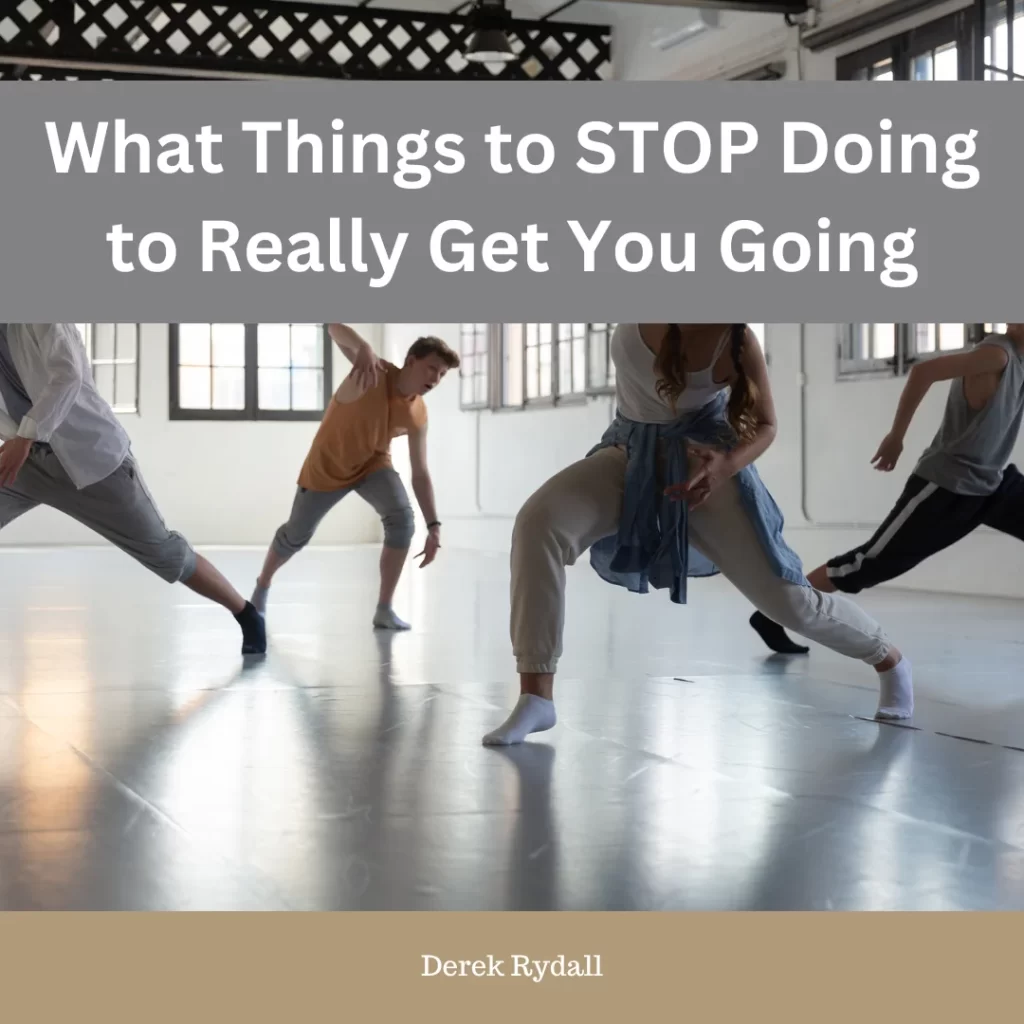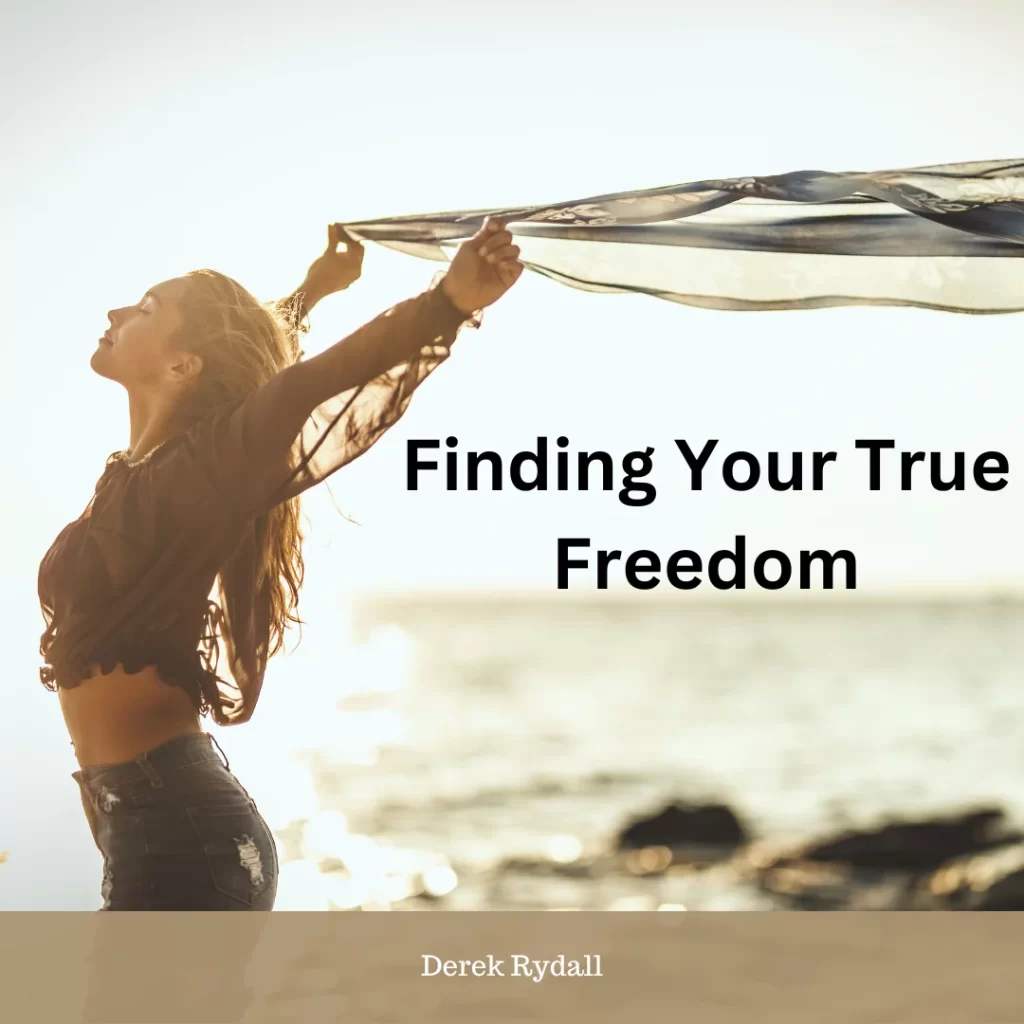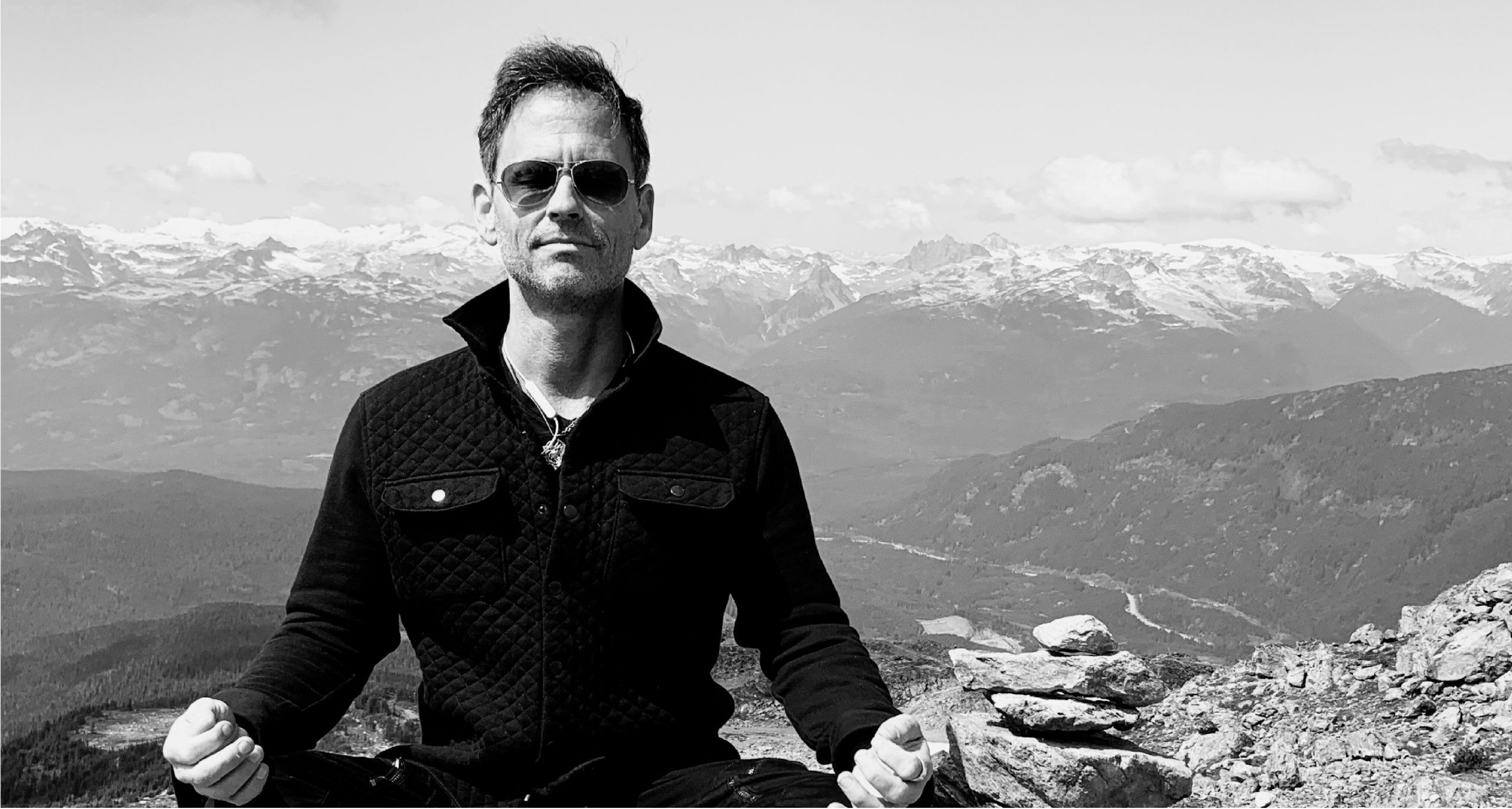Podcast: Play in new window
There’s so many angles that I can come at this from, but really meditation carries a lot of baggage for a lot of people, and it’s also something that more and more is becoming as normal as going to the gym. It used to be a time when you had to talk about meditation in hushed tones. What are you doing this weekend? I’m going to a meditation retreat. It’s like, what? You’re going to be silent? You’re going to go crazy. It used to be very unusual to know meditators, and especially in business and academia, but now everybody from rock stars to celebrities to hedge fund guys running big multibillion dollar hedge funds are all meditators. They’re doing it for a variety of different reasons: health, mental clarity, focus, spirituality. Ultimately, the meditation is the most powerful, one of the most powerful technologies for connecting with what is true, what is real, and the basic reason is because your mind is a set of programs and a swirl of thoughts and filters and concepts and perceptions, and all of it is the content of your consciousness. It’s content.
Listen in now for the full explanation and support your personal development and spiritual growth and start participating in your future good NOW.
And remember, self-help is shelf help – you have everything you need already!
Stay inspired!
[bctt tweet=”Meditation is the most powerful tools for connecting with what is true & what is real”]
Transcription
Welcome to another episode of Ask Derek, where we do a deep but quick dive into some of your most common asked questions and issues. This is Derek Rydall, founder of the Law of Emergence process and author of the bestselling book Emergence. It’s just great to be with you again, as we dive into this question what if I can’t meditate?
There’s so many angles that I can come at this from, but really meditation carries a lot of baggage for a lot of people, and it’s also something that more and more is becoming as normal as going to the gym. It used to be a time when you had to talk about meditation in hushed tones. What are you doing this weekend? I’m going to a meditation retreat. It’s like, what? You’re going to be silent? You’re going to go crazy. It used to be very unusual to know meditators, and especially in business and academia, but now everybody from rock stars to celebrities to hedge fund guys running big multibillion dollar hedge funds are all meditators. They’re doing it for a variety of different reasons: health, mental clarity, focus, spirituality. Ultimately, the meditation is the most powerful, one of the most powerful technologies for connecting with what is true, what is real, and the basic reason is because your mind is a set of programs and a swirl of thoughts and filters and concepts and perceptions, and all of it is the content of your consciousness. It’s content.
Most of what we identify with, most of who we think we are, and what we think is real and true, is content. It’s like the clouds passing through the sky, the birds, the planes, the storms, the elements, but none of that is the sky. It’s like all the stuff that flows through the ocean, the fish, the bushes, and the garbage, but none of that is the ocean. There is an essential nature to ocean, essential nature to sky, and then there is the content in it. There is an essential you, and then there is all of the content. As the essential you emerges as experience and phenomena, it creates content. It creates perceptions, concepts, experiences, mental, emotional, physical patterns. None of that is you. That is the story and the character and the part in the play, but you are the Divine author and actor that is never submerged by the character, the part, the story, the play, that is never limited by it. It arises out of you, and then passes away again, but you are something that is behind and beyond all of that.
As the great metaphysical or mystical statement, supposedly attributed to Jesus, “Before Abraham was, I am.” That’s a profound statement of the I am nature which preexists and preexisting is not quite the right way. It’s not a linear thing. It’s not so much before time, as it is behind time. Time and space is a canvas upon which we paint with the concepts of our soul, but right behind that stands the real you. So meditation is that technology that allows you to move through the content, to see through and beyond the mental, emotional, physical, biological, sensational, sensual content, and have a direct encounter with reality, with the real you that was never born, that never ages, never diminishes, and never dies, the real you and the real nature of life itself, which is whole and complete and perfect and infinite and eternal.
Another thing to understand is that meditation isn’t the thing you do. Meditation isn’t sitting in lotus position or walking like Thich Nhat Hanh. It’s not the different techniques that you do. Meditation really is the moment when you have that undistractible, as Michael Beckwith would say, paying undistractible attention. Meditation is that moment when you shoot the gap, and you touch reality with singleness of focus. If thine eye be single, thy whole body shall be full of light. Meditation is that moment when you are focused without distraction on reality. So all the techniques, of which there are many, ultimately are to get you to that moment, and then the practice of meditation is to allow you to strengthen dominion over your attention so that you can hold your place in that expanded space, so that you can hold that moment for longer and longer periods, that moment of silence, that moment of stillness, that moment of undistractible attention to ultimate reality.
That’s what we’re doing when we meditate. We’re building that muscle, that dominion, that ability. Now again, there are many kinds of meditation. There’s contemplative meditation where you contemplate a passage, a piece of scripture, or a quote, or just some quality in you. Roll it around, and you let it unfold and reveal its deeper truths, and eventually that leads you to a moment of silence. In that moment of silence you have a moment, hopefully, of meditation, of an undistractible connection with reality, with God, with the presence which is within you.
There’s other forms of meditation where you use a mantra. It could be a mantra, or it could just be a quality, love, peace, joy, God, Christ, Buddha, and/or just a sound. Again, that is to focus the mind, to still the mind, and allow you to drop down beneath the tension of the surface tension of the mind and touch some dimension of ultimate reality, or at the very least, have a sense of respite from the storms of the mind and a sense of peace that bubbles up from within you.
Ultimately all of them, in the truest sense, are to get you to this moment of making connection with reality, and then getting strong enough so you can make it long enough until reality takes over your being, and dissolves all that isn’t reality. So that the light so breaks through that it shines away all the darkness, and we call that Enlightenment, to be awake. Being awake merely means you’re no longer identified with any of the content. You’re identified with that which is unchanging, that which is true, that which is real or spiritual. Spiritual really just means that which is real or unchanging. So meditation is for that.
When people say, I can’t meditate, what they’re really talking about is my mind is going crazy. It’s too busy. I sit, and I’m fidgety. My body is anxious and irritable and itchy, or my mind is just going to this project and that project and this argument and that shopping list. What’s important to understand is the practice of meditation is not about not having all that stuff going on. It’s not about stopping your mind from thinking. It’s not about stopping your body from feeling itchy and painful and agitated. All of that is content, and the reason why it’s hard is because, at least for now, if you’re struggling with this, or whenever you are, you are so closely identified with that part of you there’s not really a spaciousness in that area, and so you are the itchiness. You are the agitation. You are the clouds and the storms and the birds and the things moving through your sky of mind.
The practice of meditation, at least let’s just pick one, a mindfulness approach where you are mindful, insight meditation and mindfulness meditation. You are observing what’s going on. So you start with the breath perhaps, and you could start with a mantra or a quality. Then your mind gets pulled off into a fantasy, and you don’t even realize it until several minutes later you’ve been making shopping lists or trying to win that last argument or win the argument you’re about to get into, or you’ve fallen asleep, whatever the case might be. The minute you become aware of that the practice is to bring your attention back to the breath or the mantra, and then in some cases when the thing is pulling you really strong, like an itch or an ache or a particular emotional energy, as you strengthen your dominion you can place your attention on that itch, on that pain, on that ache, and you don’t try to get rid of it. What you resist persists. What you fight you fuel.
As Buddha taught, we are learning to release craving and aversion, which means when there’s a good feeling we don’t try to attach to it. When there’s a bad feeling we don’t try to get rid of it. We’re learning to find equanimity, which is that where we have no attachment. We’re not detached. We’re non-attached, unattached. Nonattachment, not detachment. So we’re present. We’re absolutely feeling and seeing what’s there, but we’re not reacting. We’re observing, and we begin to form a gap between the stimulus and our response, or the content and our pure consciousness, our pure awareness, the I am, and we are able to observe there’s an itch. It’s not my itch. It’s the itch.
As we observe it for a while, we notice it’s just energy moving, and as we continue to shine the light of our awareness on it it starts to swirl and eventually spirals and disintegrates. It might spiral out of our body. The energy’s always trying to move somewhere and ultimately move out of the body and disintegrate into higher and higher levels and speed up. As you observe it mindfully without reaction, it is transmuted. It’s redeemed. The karmic patterns and the emotional patterns and the mental patterns and the physical patterns, they are redeemed. That energy gets released and then another layer emerges. It might be a moment of freedom, release, bliss, and then another layer will come up.
The good news is that you don’t have to get rid of all of that stuff going on. You just have to observe it. Now, the bad news is that it’s hard. It is difficult, and that’s okay, because the good news is you don’t have to be good at it. You don’t have to observe it for a long time. You observe it until you get distracted again, until it gets too hard, and then you can observe the part of you that feels like it’s too hard, or you bring your attention back to the breath or the mantra if it gets really hot in the kitchen. You just keep beginning again. It’s like how do you train a puppy? You sit the puppy down and say, “Sit,” and it runs off. You sit it down, and you say, “Sit,” and it runs off. You sit it down, you say, “Sit,” and it rolls over and then runs off. You keep giving little treats, and eventually it sits for longer and longer and longer, and eventually you say, “Sit,” and it sits, and it stays.
So you’re training. You’re in training. You might have to go back to the breath or the mantra a thousand times, or at least dozens of times, in a sitting, and in the beginning you also don’t have to sit for a long time. When people say, “Why can’t I meditate, or I can’t meditate, or I just can’t do this. I’m not wired for this,” the first reason is because all this stuff is coming up, and they think it shouldn’t be, or it’s painful and uncomfortable, and they think it shouldn’t be, because they hear about all these people that just go off on these lala land trips of meditation, or they’re able to just relax, and they just disappear. That’s not meditation. If you don’t remember what happened, that’s not meditation. That’s you just going off. For all you know you went into dream state, or some other dimension, but you weren’t necessarily meditating.
Meditation is about increasing conscious awareness, not decreasing it, not going unconscious. A lot of times what you would call a bad meditation, for the ego is a really good meditation for the soul. You might have spent that 10 minutes 100 times, like every second you had to bring your attention back to the breath, and then you got distracted, and you had to bring it back to the breath. Then you had an itch, and then you had to bring it back to the mantra. Then you were doing a shopping list, and you’re like, oh my God, am I ever going to get this? Then you notice that part of you saying, oh my God, am I ever going to get this? You observe it. Then there’s a moment where there’s the thought or the feeling, and there’s you observing it, and you suddenly realize, I’m not that thought or feeling. I’m not that sensation. I’m the one watching it. In that moment a gap begins. You are now a little more awake. You have now disintegrated a little bit of karma. You are now a little bit more enlightened. You now have a little bit more free will, because free will is a function of expanded awareness. Until you have space and can look at the patterns that are driving you, the compulsive patterns, you don’t actually have choice. You have the illusion of choice, but you’re not really choosing. The patterns are just acting out. You can observe the busy mind, the nervous body. You can observe it and then come back to the breath or the mantra.
Another thing is you don’t have to sit for an hour or a half an hour, or even necessarily for the 20 minutes or the 22 minutes or whatever the TM length is. You can start off by doing what I call the One Minute Mystic, which is where you stop for one minute. Instead of sitting for 20 minutes, stop one minute 20 times. So every hour, every half hour, just stop for one minute and watch your breath, and notice what’s going on in your body, in your mind. Notice the feelings. Notice the thoughts. Don’t react to them. If a part of you rises up to react, oh my God, I can’t believe I’m thinking that, or oh my God, as soon as you become aware that you’re reacting, take a breath. Observe the reaction, and then as soon as you can, bring your attention back to the breath or the mantra for a minute. Then go back to work or play or whatever.
Set a timer to stop once an hour to start with, and eventually maybe it’s twice an hour. Maybe in the morning then you notice you start with your one minute and maybe it becomes two or three or five, and that’s fine. Maybe eventually you stretch to have two or three periods of five minutes a day, one in the morning, the afternoon, one at night. You still have these little moments throughout the day where you’re stopping and reconnecting, where you’re suddenly bringing yourself back to conscious awareness.
This is really important. Some would even say it’s more valuable than sitting for 20, 30, 40, 50, 60 minutes, because you’re training yourself, cutting a subjective groove to wake up. It’s like if you’ve ever practiced lucid dreaming. One of the strategies is throughout the day, on a regular basis, you have to question reality. You have to go, am I dreaming? You have to look around you and look at the people, and look at a book and try to read it. You know how it’s hard to read in a dream? Ask, am I dreaming? Am I dreaming? It creates a subjective groove for you to be absolutely not taking anything for granted, and then what happens is when you’re dreaming something happens. It triggers that, and you suddenly ask, am I dreaming? You realize, oh my God, I am. You become lucid in your dream.
That’s lucid dreaming practice. This is lucid living practice. Stopping multiple times throughout the day and saying, where’s your attention? Where is my attention? What am I thinking about? What am I feeling? Let me notice it. Let me watch the breath. You’re just driving, and you come to a stoplight. You watch your breath. You’re waiting in line at the bank. You watch your breath. As you’re watching your breath you’re not trying to control your breathing. You’re just noticing it. The air coming into your nose kind of cooler, coming out of your nose slightly warmer. A little bit more into the right nostril, a little bit out of the left nostril. Noticing the abdomen rising or the chest rising and falling. Then maybe you notice an itch on your right arm. You’re just observing. That’s practice. You’re a meditator.
The key is to do what works for you and build from there. Don’t do what is going to make you stop doing it. Seems common sense enough, right? But you know the old saying, common sense is uncommon. Something like that. You want to do what works that you will build on, but I really do want to suggest that if you’re finding yourself saying I can’t meditate, it’s too hard, and giving up on it, that you do not, because it really is one of the most powerful technologies for waking up, for increasing focus, for purifying your consciousness, for healing, for expanding and accelerating your creative capacity. It’s truly the greatest technology to humankind. So you want to make it part of your practice.
Again, start off small, but consistent, and build from there. If it’s hard, that’s okay. Do it anyway. Observer the hardness. If your mind’s going, feeling victimized by it, observe the part of you that’s sad and mad and upset that you have to do this. In that way what you’re actually going to begin to notice what’s really driving you, because that part of you that feels angry, agitated, impatient, frustrated, sad, depressed, alone, all of those things that come up when you meditate, that isn’t being caused by your meditation. The meditation, you becoming mindful for a moment, is allowing that to come up to conscious awareness, but all of those patterns are running roughshod in your unconscious or nonconscious awareness and sapping your energy and creativity and power and creating all manner, wreaking all manner of havoc in your life.
It’s okay if it’s hard. In fact, it means you’re in for some really awesome and powerful growth if you stay with it. I promise you. You’ll go through periods of what’s called chemicalization where those patterns will start to break up. You’ll have spaces of what Michael Beckwith calls afterglow, where you feel a sense of openness, spaciousness, lightness, and then you’ll also have after grow, which is spaces where it feels like all the junk’s coming up, and you feel worse. All that’s normal. It’s like a washing machine. The first part it’s creating all the friction and getting all the dirt and debris out of the clothes, and they’re rubbing and beating up against each other, and it’s gnarly. All that dirt gets released, and then it washes all that dirt away, and then it goes through a spin cycle. Eventually it comes out all nice and clean and fluffy.
There’s a process, and when you first start meditating it’s often going to be crazy. You’re going to be like, oh my God, my mind is a dangerous place. I would never let anybody I care about go there. Then as you begin to witness that circus and observe it, those patterns begin to break down. The noise gets a little quieter, and you have moments of peace and awareness and expansiveness, and you feel like, oh my God, I’ve reached it. I’ve reached the Promised Land. I’ve arrived, and then all of a sudden you sit down one day, and it’s gnarly and terrifying and terrible and noisy, and you’re like, what happened? It’s all gone backwards. No. It’s a whole other wash cycle coming up. So it goes.
The difference is that over time you just understand the patterns. You are able to observe them. You’re not identified with the content as much, and you just know, just another rinse cycle. Just going through it. You observe it, and you move through it quicker often as that happens, except for those rare periods where you’re really doing deep transformative work. It’s a very powerful, very vital, and I would go so far as to say really irreplaceable part of your practice. Begin it today. Do it consistently, and when you stumble, and when you don’t do it, and when you forget, as soon as you remember, stop. Take a minute, and begin again. Just like in meditation. When you get pulled off track, you don’t go, this is terrible; I suck at meditation, and give up. You notice you’ve gone off. You bring your attention back to the breath. Whoops. I’ve gone off again. Bring your attention back to the breath. Like the airplane that’s heading from one place to the next, it’s off track 90, 95, 99% of the time, buffeted about by all the elements, inertial forces, weather, pilot error, but it keeps getting brought back to the flight plan, brought back to the flight plan, and it makes it to its destination relatively on time.
The same is true with meditation, and the same is true with meditation as a way of life. You wake up one day, you don’t do it, or you forget. You’re too busy. Then as soon as you have time, as soon as you remember, just like in the meditation, you notice you’ve forgotten. You notice you didn’t meditate. You bring your attention back. You sit. You stop for a minute, or maybe you just do it at the stop light. Now you’re back on practice. You see what I mean? You can get back on track at any time during the day. The minute you remember, you come back. As you do that now you cut a subjective groove. You create a subjective habit. You transform your character, and you absolutely activate a destiny of greatness in you.
I hope this has been helpful. It was longer than I anticipated, but I guess I had a lot more to say about it. This has been an episode of Ask Derek. Please post your questions in the Facebook groups, on the Facebook pages, and you’ll keep listening for the answer to your question. Until next time, remember to live authentically, love unconditionally, and follow your destiny, and meditate.

